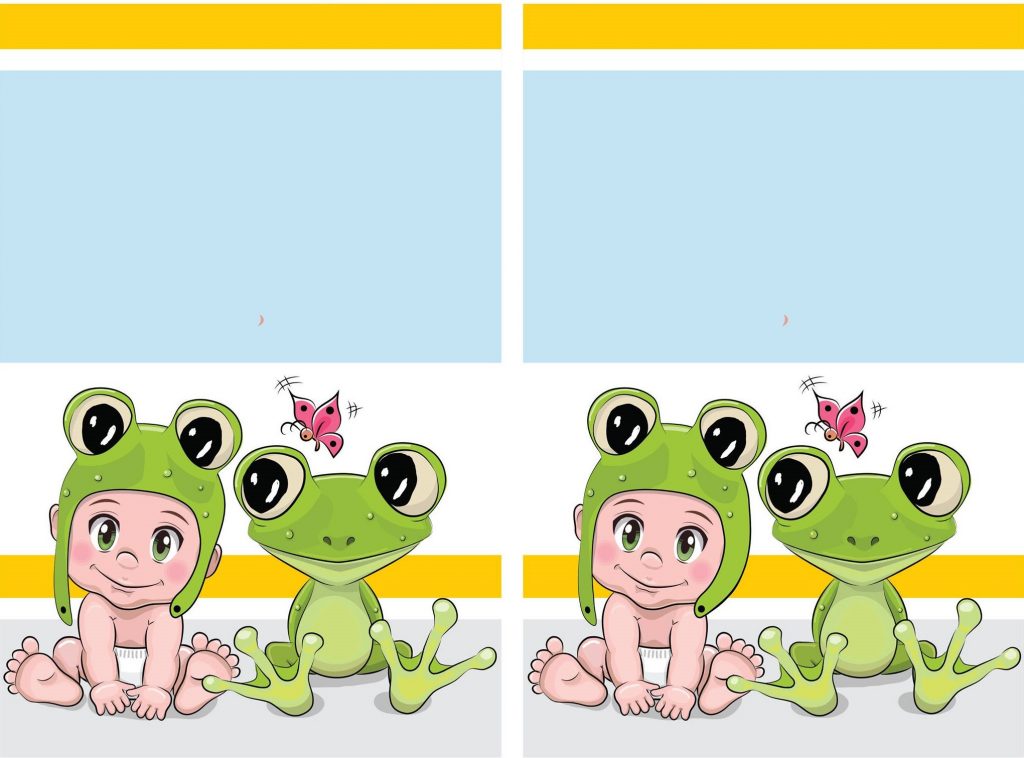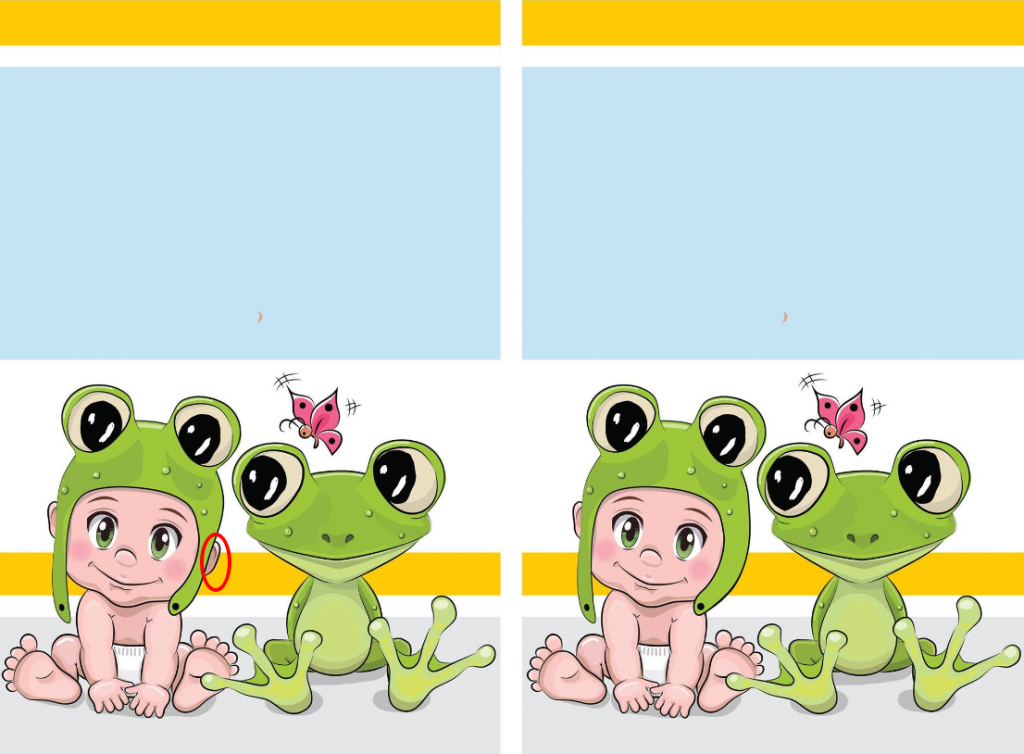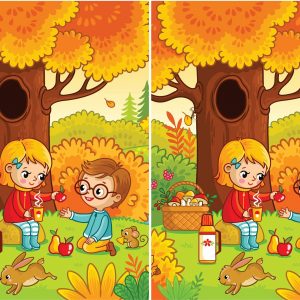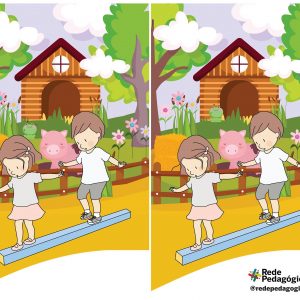The Power of Play: Why Childlike Joy and Imagination Matter
There’s something truly magical about a child’s ability to embrace the world around them with unfiltered joy and wonder. Whether it’s pretending to be a frog, dressing up, or engaging in imaginative play, these moments are not just cute—they are essential for a child’s development. In this article, we’ll explore the significant impact of imaginative play on children, focusing on emotional growth, creativity, and how it shapes their understanding of the world.

The Magic of Imaginary Play
From an early age, children are naturally inclined to explore the world through play. In the image of a child dressed in a frog hat, giggling with a real frog, we see the very essence of childlike wonder—a world where reality and imagination blur into one. These moments of imagination are more than just fun; they’re crucial for cognitive and emotional development.
Cognitive Development Through Play
Imaginative play is not only about fun but also about learning. When a child imagines themselves as a frog or interacts with an animal, they begin to develop essential cognitive skills such as problem-solving, language acquisition, and creative thinking. Pretend play enables them to experiment with different roles, building empathy by putting themselves in the shoes of others, and understanding the world from multiple perspectives.
Furthermore, as children invent stories and scenarios, they practice planning and decision-making, which are fundamental skills that aid in academic learning and real-world problem-solving. It’s through these playful moments that they build foundational skills like cooperation, self-regulation, and adaptability—skills they’ll need throughout their lives.
Emotional Development and Empathy
Imaginative play also nurtures emotional growth. Through pretending to be different characters, children learn how to express and manage their emotions. They discover how to respond to situations, resolve conflicts, and navigate complex feelings such as fear, joy, or frustration. The emotional resilience children develop through play prepares them to face challenges in the real world, equipping them with the tools to manage stress, build self-esteem, and relate to others in a compassionate way.
Additionally, playing with pets or animals, as shown in the image, can teach children important lessons in empathy. Interacting with animals fosters kindness, as they learn to care for creatures who depend on them, mirroring how they’ll care for others in their personal relationships as they grow.

Creativity and the Power of Pretend Play
When children engage in imaginative play, they are developing their creativity—an essential trait that benefits not only their childhood but their future as well. In a world that increasingly values innovation and problem-solving, creativity is one of the most important skills children can develop.
The Role of Imagination in Creativity
Imagination is the gateway to creativity. The moment a child dresses up as a frog or a superhero, they open up their minds to endless possibilities. This creative exercise is not confined to pretend games—it extends to all areas of their lives, such as art, science, and even social interactions. By engaging in pretend play, children are strengthening their ability to think outside the box, solve problems creatively, and express their unique perspectives.
The act of creating characters, stories, or entire worlds teaches children how to explore new ideas. These imaginative scenarios often involve drawing connections between seemingly unrelated things—whether it’s imagining how a frog and a butterfly might interact or how a human might feel in a frog’s world. This kind of flexible thinking is essential in every field, from the arts to business, fostering critical skills like innovation and adaptability.

Building Social Skills and Relationships
Imaginative play also helps children develop strong social skills. When children play together, they learn to communicate, share, take turns, and negotiate. Whether they are pretending to be animals or playing house, children learn to collaborate and create shared experiences with others.
Developing Communication and Collaboration
As children engage in imaginative play, they practice essential social skills that they will use throughout their lives. Pretend play encourages verbal communication, as children must articulate their thoughts and ideas. They also learn non-verbal cues, such as body language and facial expressions, that are critical for successful social interactions.
Moreover, when children create imaginary worlds, they often take on various roles and negotiate rules. These social dynamics help them build cooperation skills as they work together to achieve common goals, whether it’s building a sandcastle or solving a pretend crisis in a make-believe world.
Fostering Positive Relationships with Peers
Imaginative play helps children form positive relationships with their peers. As they create shared experiences, children bond over their common interests and laughter. Through these interactions, they also learn conflict resolution skills, as disagreements and misunderstandings are a natural part of collaborative play.
This form of play serves as a training ground for future social interactions. By learning to resolve conflicts and maintain friendships during pretend play, children are better equipped to navigate complex social situations as they grow older.

Health and Well-being Through Play
It’s not just cognitive, emotional, and social development that benefits from imaginative play. Engaging in physical play, such as running around or playing pretend sports, also contributes to a child’s physical well-being.
Promoting Physical Activity
In the context of the photo, imagine a child running around and pretending to be a frog or hopping like a bunny. Physical play like this helps children develop motor skills, coordination, and strength. Regular active play has been shown to reduce the risk of childhood obesity, improve cardiovascular health, and enhance overall fitness.
Moreover, active play boosts mood by releasing endorphins, which help reduce stress and promote happiness. As children spend time outside and engage in physical games, they not only become healthier but also learn to appreciate the outdoors and develop a love for physical activity that can last into adulthood.

The Impact of Technology on Play
In today’s digital age, the role of technology in play is a hot topic. While screen time can offer educational content, there is no substitute for hands-on, imaginative play. The benefits of unstructured, outdoor play far outweigh the passive consumption of digital media.
Balancing Screen Time with Real-Life Play
While technology can be educational and entertaining, it’s important for children to have opportunities for imaginative, non-screen-based play. By encouraging activities like playing dress-up, building forts, or pretending to be animals, parents can provide their children with a rich environment where creativity, physical movement, and socialization are nurtured.
Parents can foster a healthy balance by setting limits on screen time and encouraging their children to engage in other forms of play that allow them to develop essential life skills and form meaningful connections with the world around them.

Conclusion: Embracing the Power of Imagination
In the end, the role of imaginative play in a child’s life cannot be overstated. It shapes their emotional intelligence, creativity, and social skills, laying the foundation for a well-rounded, successful adulthood. Just like the child in the image bonding with a pet, moments of imagination—whether they’re pretending to be animals or creating entire worlds—allow children to navigate life with joy, compassion, and creativity.
By nurturing a child’s imagination and encouraging them to play freely, we’re giving them the tools they need to grow into thoughtful, creative, and socially competent individuals. So, let’s celebrate the power of play, embrace the joy of imaginative moments, and encourage children to dream big!





